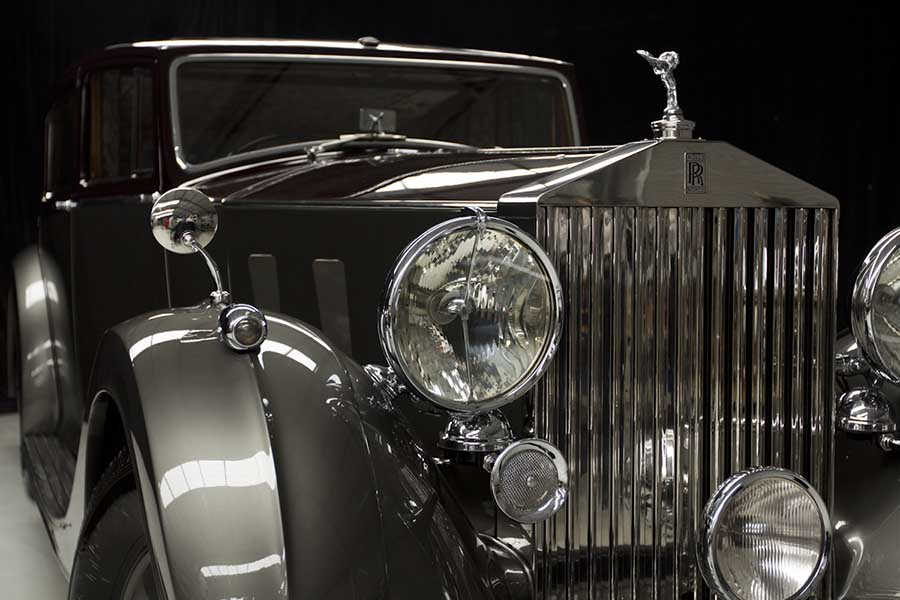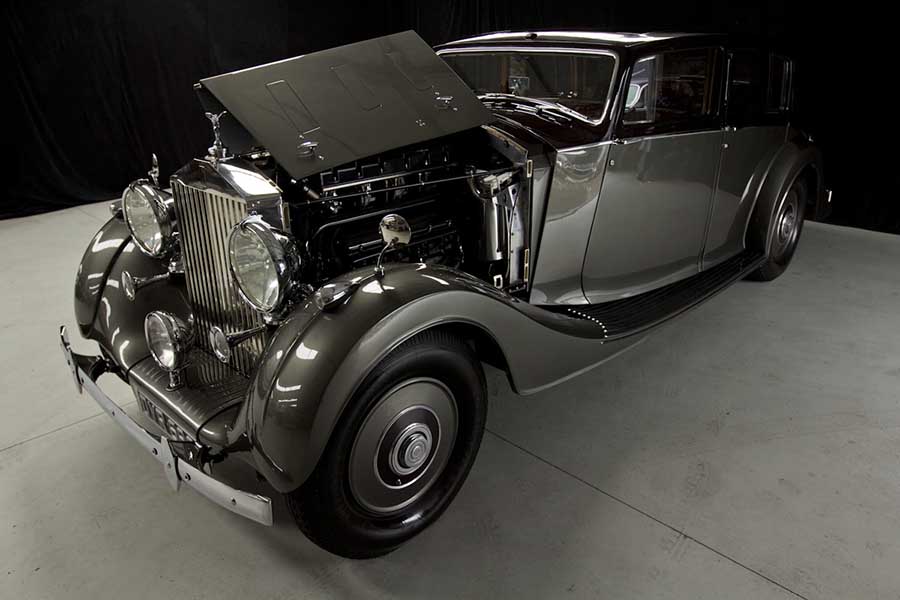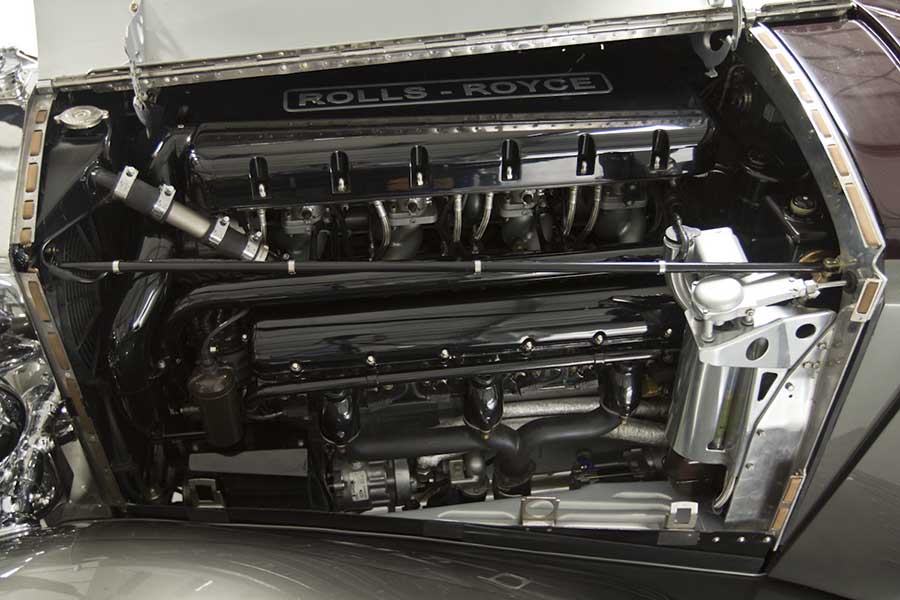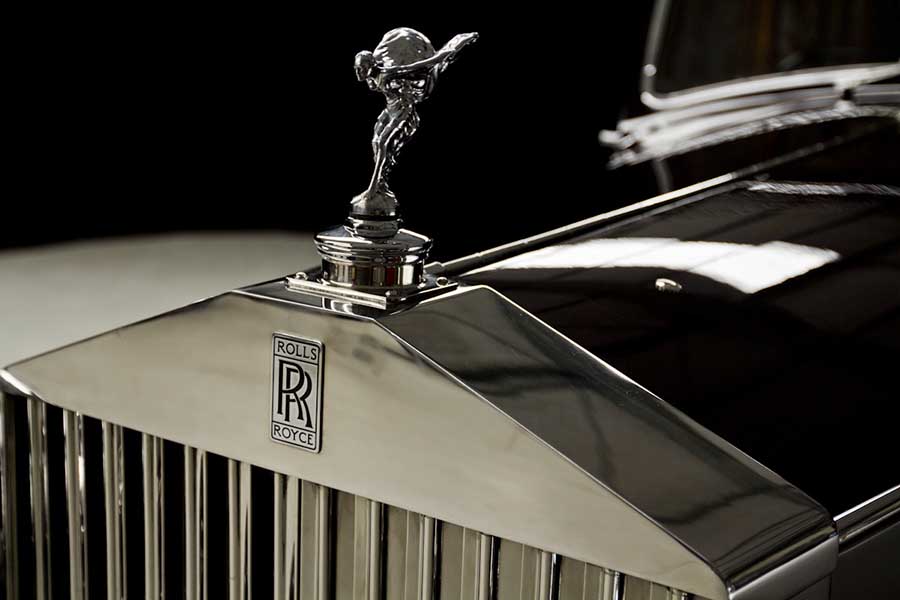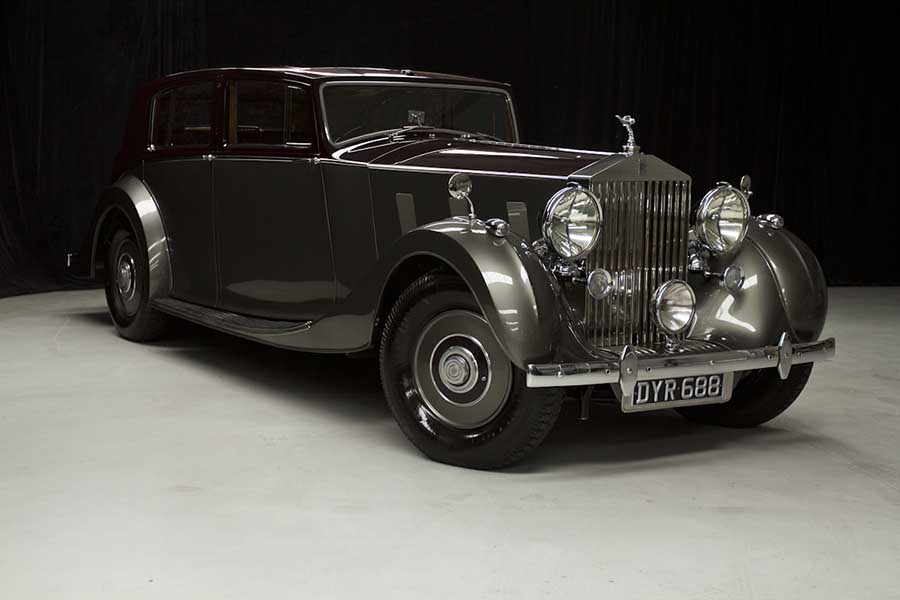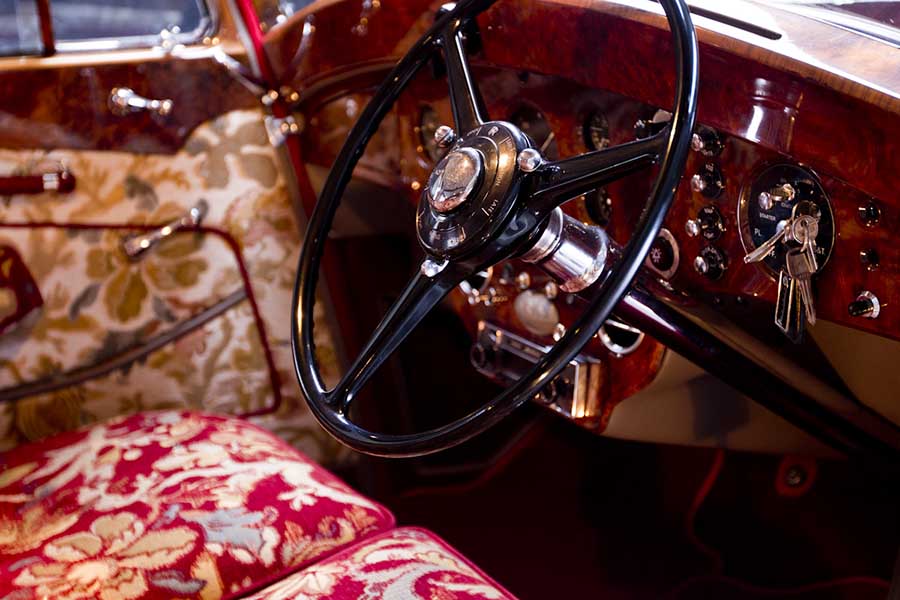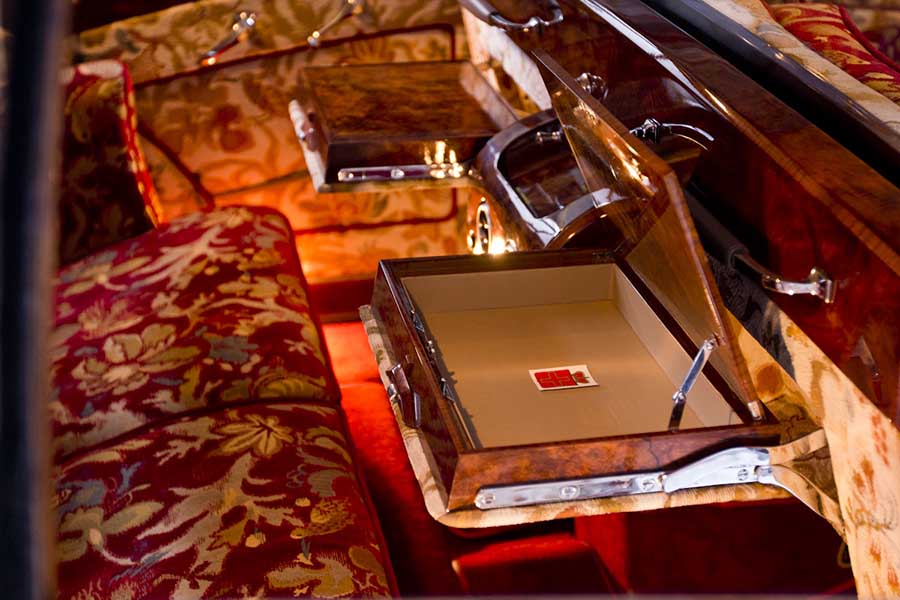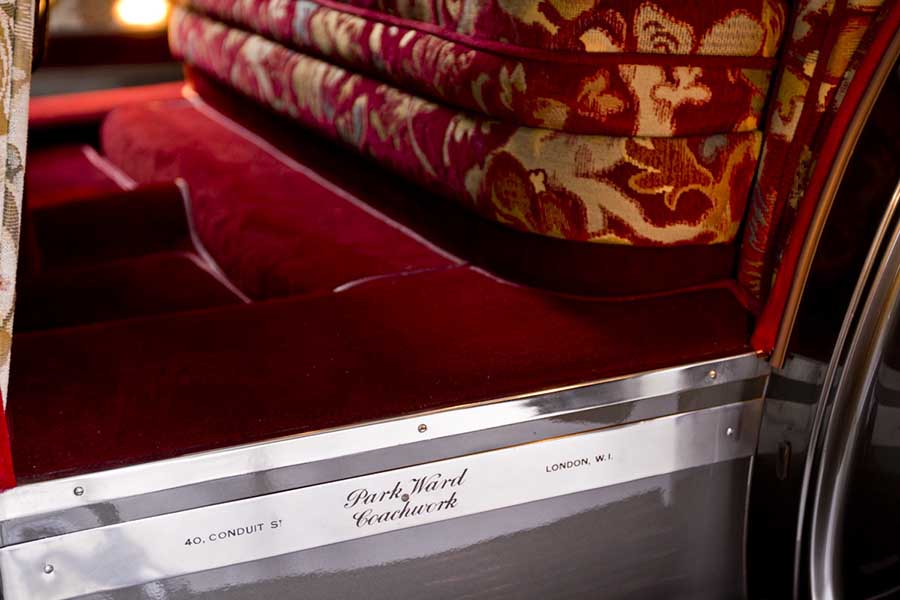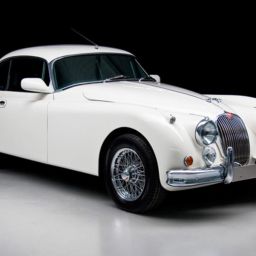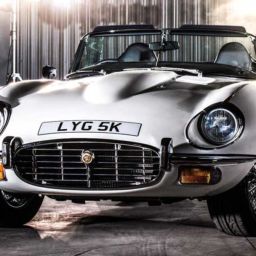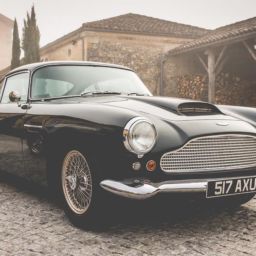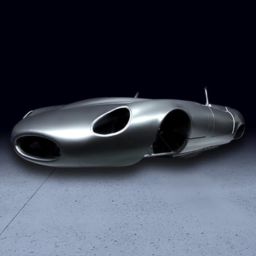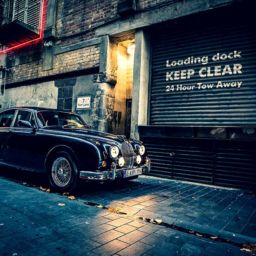In 1884 a gifted young engineer named Frederick Henry Royce started a small electrical engineering firm at the age of 20. The company grew from very humble beginnings as Royce’s genius for seeking engineering excellence led to the development of refined and reliable dynamos and electric motors. In 1894 it became a limited company, Royce Ltd, and in the same year also started making electric cranes. These soon became well-known and were the company’s most profitable product.
By 1903 Royce had become interested in the new-fangled motor car and had purchased a second hand Decauville 10hp. He devoted much time to seeing if he could improve upon its somewhat agricultural shortcomings and, in 1904, he built his first car: the Royce 10hp. Although of conventional design, with front engine and rear wheel drive, this car was a great improvement over its contemporaries due to the fact that it was constructed with a high degree of hand-fitted accuracy – a feature which was to characterise Royce’s cars for many years to come. In addition, the car had reliable ignition and carburetion systems of Royce’s own design and manufacture.
In May 1904 Royce cars attracted the attention of the Hon. Charles Stewart Rolls, who was an enthusiastic early motorist and racing driver. The previous year he had started a business in London with Claude Johnson (erstwhile secretary of the Automobile Club) to import and deal in motor cars. C.S Rolls and Co appreciated the quality of the new Royce cars and came to an exclusive arrangement for selling them, and at the same time it was also agreed that the cars would henceforth be known as Rolls-Royces.
This liaison was a happy one: the social standing of Charles Rolls assisted in establishing the credibility of the cars amongst what today would be termed their target customers. In addition, Rolls encouraged high quality coachwork to better appeal to the customers he had in mind, complementing the engineering excellence and finally, but most importantly, it saw the introduction of the famous Grecian radiator which has become the hallmark of all Rolls-Royce cars ever since.
Charles Rolls himself continued to participate in all forms of motoring events, using Rolls-Royce cars of course, and encouraged other drivers to compete in them too. This put the name at the forefront and established the cars’ performance and reliability beyond doubt. In 1906 a Rolls-Royce driven by Percy Northey won the demanding Tourist Trophy road race on the Isle of Man. Henry Royce, meanwhile, continued to improve the engineering design standards of his cars and was developing a new 6-cylinder model to meet the demands of the market.
Rolls-Royce Ltd was formed in 1906. Henry Royce was chief engineer, Charles Rolls technical director and Claude Johnson managing director. At the end of that year, the new six-cylinder 40/50 hp chassis was introduced and went on sale in 1907. The new car quickly established the company’s reputation for quality and engineering excellence, soon becoming known as the ‘Best Car In The World’. The name ‘Silver Ghost’ has come to be applied to all these chassis, after one of the first cars to be produced. ‘Silver’ because all the body fittings were silver plated, and the coachwork finished with aluminium paint. ‘Ghost’ on account of the silence and smoothness of operation of the car when in use.
In 1910 the sculptor Charles Sykes was commissioned by Claude Johnson to design the first official mascot for the Rolls-Royce radiator. He produced the famous flying lady, known as the Spirit of Ecstasy, which has adorned the radiator of Rolls-Royce cars ever since. It is widely thought that Miss Eleanor Thornton was the model for this. She had been Johnson’s secretary at the Automobile Club and later went on to be secretary and mistress to one of Rolls-Royce’s most prominent aristocratic customers, Lord John Montagu.
In 1931 RR took over Bentley Motors Ltd, which had been founded by Walter Owen Bentley. The ‘WO’ cars had built a great reputation as tough, powerful sports cars on road and track and had earned numerous racing successes, notably in the arduous Le Mans 24 hour race. Bentley at that time was a completely different type of car from Rolls-Royce and at first sight the two firms did not logically fit together. However, it is significant that the latest Bentley was the 8 litre chassis, which had mostly been fitted with luxury saloon coachwork.
In addition, the rival Napier company, which had been concentrating on aero engines and had been out of car production for six years, was negotiating to buy Bentley from the receivers as they possibly saw the 8 litre as an easy way back into the luxury car market. Rolls-Royce Ltd were undoubtedly concerned at the effect such a competitor might have on the sales of their Phantoms, and stepped in at the last minute to buy Bentley to prevent such a possibility.
The cars that became known as the Derby Bentley (or sometimes Rolls-Bentley) were produced by Rolls-Royce at their Derby works after the takeover. The cars capitalised on the established sporting Bentley reputation but were a completely different sort of car, drawing heavily on established Rolls-Royce engineering principles and based on existing Rolls-Royce chassis and engine designs. They soon became known as the ‘Silent Sports Car’ because of their ability to cover large distances at high speed in the luxury and refinement associated with a Rolls-Royce.
It was not until after the Second World War that the Company offered its own coachwork, starting with the Bentley Mk VI in 1946 and followed by the Rolls-Royce Silver Dawn in 1949; up until then they had sold only the chassis, which was despatched to the coachbuilder of each customer’s choice to have bespoke bodywork fitted.
Some of the finest examples of the coachbuilders art were built on the pre-war chassis in a wide variety of styles, from sporting owner-driver to formal limousine. In order to control to some degree the finished result, the Company insisted on knowing the nature of the coachwork destined for each chassis so that suitable road-springs, steering columns, spare wheel carriers etc could be incorporated into the chassis build specifications at the outset.


